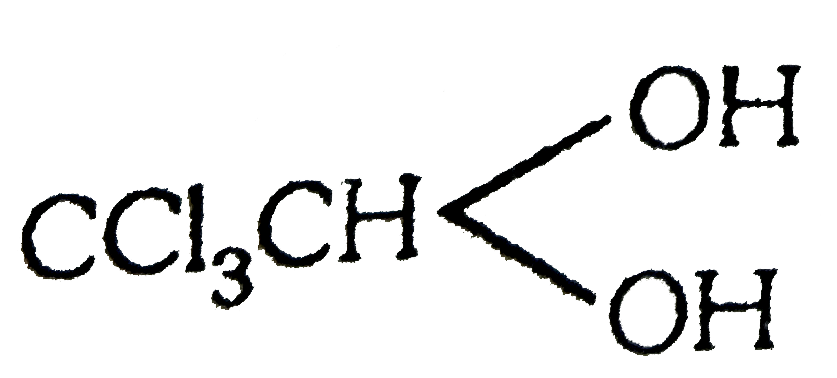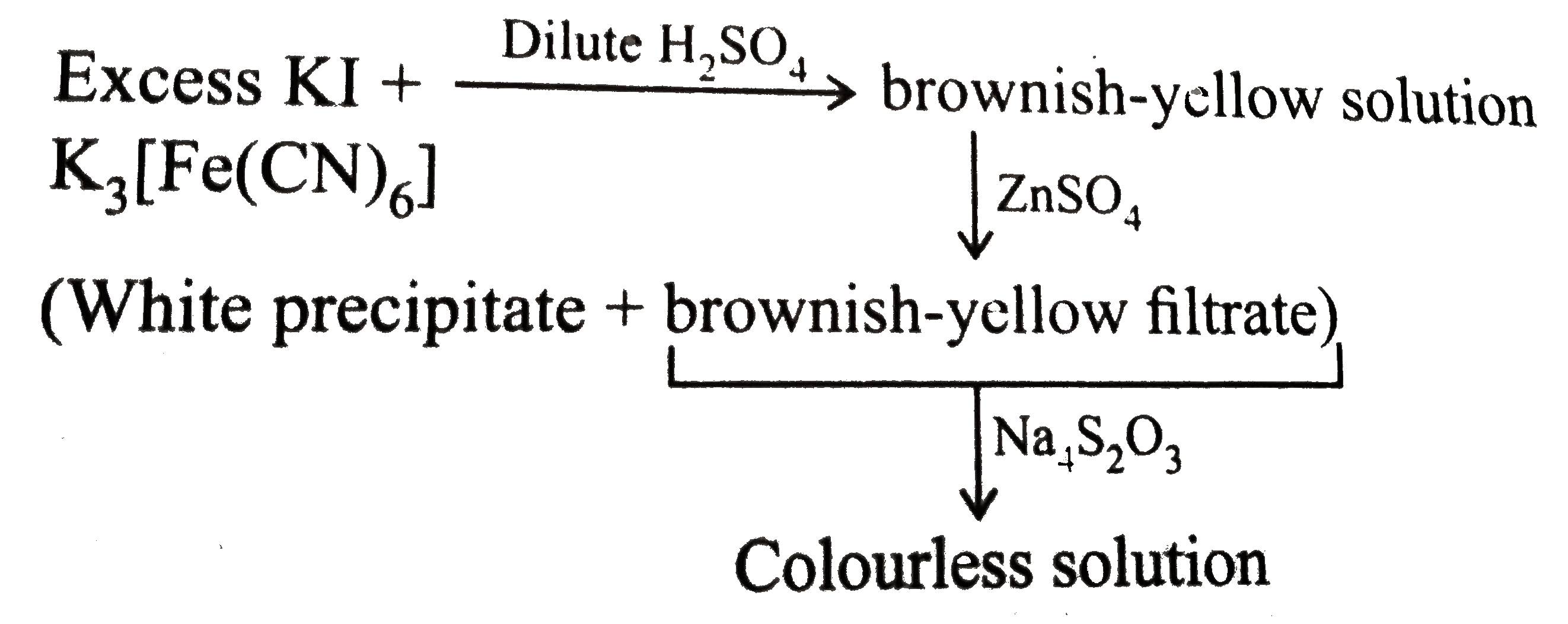Which is/are true statements (s):
Protonation increases electrophilic nature of carbonyl group
CF3SO−3 is better leaving group than CH3SO−3
Benzyl carbonium ion is stabilised by resonance
 show H-Bonding
show H-Bonding
The correct Answer is:A, B, C, D
To determine which statements are true regarding the properties and behavior of certain chemical species, we will analyze each statement one by one.
Step 1: Analyze the First Statement
Statement 1: Protonation increases the electrophilic nature of the carbonyl group.
- Explanation: A carbonyl group (C=O) can be protonated, which means it can gain a hydrogen ion (H⁺). When this occurs, the carbon atom becomes more positively charged (due to the addition of H⁺), resulting in a deficiency of electron density around the carbon atom. This increased positive charge enhances the electrophilic character of the carbon atom, making it more reactive towards nucleophiles.
- Conclusion: This statement is true.
Step 2: Analyze the Second Statement
Statement 2: CF3SO3⁻ is a better leaving group than CH3SO3⁻.
- Explanation: The ability of a leaving group to depart from a molecule is influenced by its size and basicity. Larger and less basic groups tend to be better leaving groups. The trifluoromethyl group (CF3) is larger than the methyl group (CH3), and the corresponding leaving groups CF3SO3⁻ and CH3SO3⁻ can be compared. CF3SO3⁻ is derived from trifluoromethanesulfonic acid, which is a stronger acid than methanesulfonic acid, indicating that CF3SO3⁻ is less basic and thus a better leaving group than CH3SO3⁻.
- Conclusion: This statement is true.
Step 3: Analyze the Third Statement
Statement 3: Benzyl carbonium ion is stabilized by resonance.
- Explanation: The benzyl carbonium ion (C6H5CH2⁺) has a positive charge on the carbon atom adjacent to a benzene ring. The positive charge can be delocalized through resonance with the π electrons of the benzene ring. This delocalization stabilizes the carbonium ion, as it can be represented by multiple resonance structures.
- Conclusion: This statement is true.
Step 4: Analyze the Fourth Statement
Statement 4: Chloral shows hydrogen bonding.
- Explanation: Chloral (CCl3CHO) contains a carbonyl group (C=O) and hydroxyl groups (OH). The presence of these functional groups allows for the formation of hydrogen bonds. The hydrogen atom of the hydroxyl group can form a hydrogen bond with the oxygen atom of the carbonyl group or with other molecules, indicating that chloral can indeed exhibit hydrogen bonding.
- Conclusion: This statement is true.
Final Conclusion
All four statements are true:
1. True
2. True
3. True
4. True
---
Statement 1: Protonation increases the electrophilic nature of the carbonyl group.
- Conclusion: This statement is true.
Statement 2: CF3SO3⁻ is a better leaving group than CH3SO3⁻.
- Conclusion: This statement is true.
Statement 3: Benzyl carbonium ion is stabilized by resonance.
- Conclusion: This statement is true.
Statement 4: Chloral shows hydrogen bonding.
- Conclusion: This statement is true.
All four statements are true:
1. True
2. True
3. True
4. True
Topper's Solved these Questions
- ALKYL AND ARYL HALIDEBOOK - ALLENCHAPTER - ALKYL AND ARYL HALIDEEXERCISE - EXERCISE-02
1 Videos
- ALKYL AND ARYL HALIDEBOOK - ALLENCHAPTER - ALKYL AND ARYL HALIDEEXERCISE - EXERCISE-04 [A]
1 Videos
- ALKYL AND ARYL HALIDEBOOK - ALLENCHAPTER - ALKYL AND ARYL HALIDEEXERCISE - EXERCISE-01
1 Videos
- ALKENE, ALKANE & ALKYNE BOOK - ALLENCHAPTER - ALKENE, ALKANE & ALKYNE EXERCISE - EXCERSISE-3
28 Videos
- Atomic StructureBOOK - ALLENCHAPTER - Atomic StructureEXERCISE - All Questions
62 Videos
Similar Questions
Knowledge Check
Which is a true statement concerning the transition state of an SN2 reaction ?
AClosely resembles a carbocation intermediateBThe electrophile is responsible for the reactionCLower is energy than the starting materialsDInvolves both the nucleophile and electrophileWhich of the following is a true statement ?
AIn all mammals, offspring develop within the femaleBAll mammals have hair and mammary glandsCAll mammals are land-dwelling formsDAll of the above
Which is true statement(s)?
View SolutionWhich of the following is/are true statement(s)?
View SolutionWhich of the following is/are true statement(s)?
View SolutionIndentify the true statement(s)
View SolutionFor the given aqaction , which of the statement (s) is (are) true?

View SolutionWhich of the statements is not true ?
View Solution
